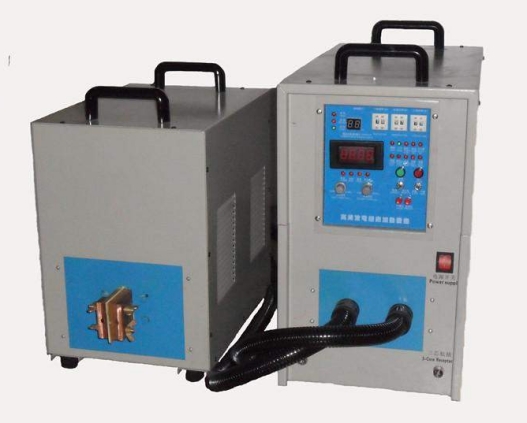- 01
- Dec
Metal surface hardening
That is, the surface is hard and the inside is soft. High-frequency quenching: Put the workpiece into the high-frequency coil and connect the high-frequency current to induce current in the workpiece. The high-frequency current is concentrated on the surface of the workpiece, so only the surface of the workpiece is heated. Flame quenching: Use the flame of oxygen, acetylene and other gases for heating. Carburizing and quenching: To put the workpiece into the carburizing agent, solid carburizing agents such as charcoal and coke, liquid carburizing agents such as potassium cyanate, and gas carburizing agents such as carbon monoxide are used to increase the carbon content of the steel surface only. Can reach depths in millimeters. Nitriding: A method of infiltrating nitrogen into the surface of steel. There are gas nitriding by decomposing ammonia and liquid nitriding by cyanic acid. The advantage is that only heating does not require quenching and tempering, and the heating temperature is lower than that of carburizing, so the workpiece will not be deformed. The disadvantage is that the processing time is long. Soft nitriding (nitrocarburizing) is a method of using a salt bath with cyanate (KCNO) as the main component. Although the hardness obtained is not high, the treatment time is short.

